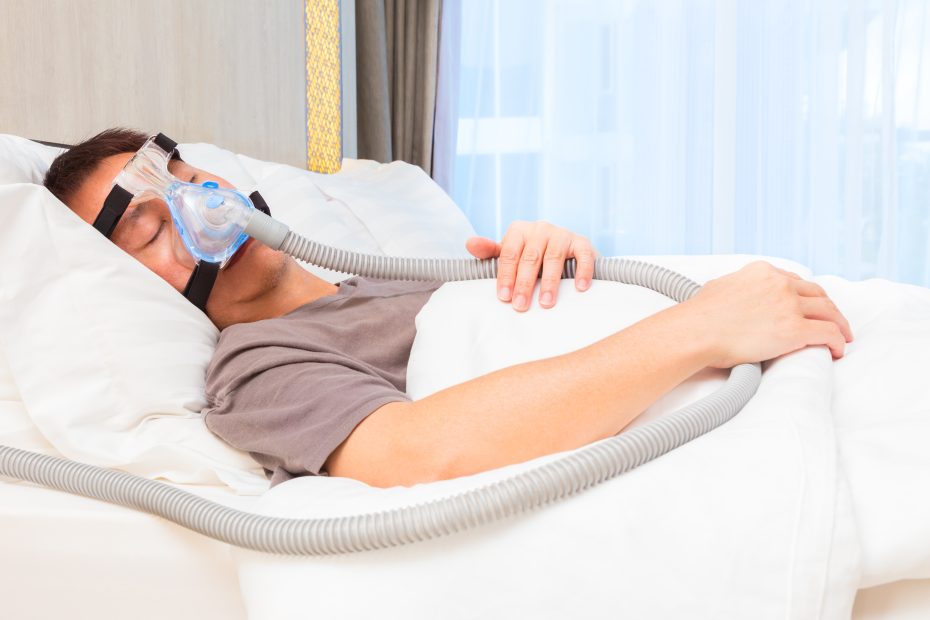What is Advanced Oxygen Therapy?
Advanced oxygen therapy encompasses a range of techniques and devices designed to deliver oxygen to patients in a controlled and efficient manner, tailored to their specific medical requirements. While traditional oxygen therapy often involves the use of nasal cannulas or oxygen masks, advanced oxygen therapy goes beyond these conventional methods, utilising cutting-edge technology to optimise oxygen delivery and patient outcomes.
Who benefits from Advanced Oxygen Therapy?
Advanced oxygen therapy is particularly beneficial for patients with respiratory conditions or those requiring intensive care. This includes individuals with chronic obstructive pulmonary disease (COPD), pneumonia, acute respiratory distress syndrome (ARDS), cystic fibrosis and other lung diseases. Additionally, patients undergoing surgical procedures, individuals with cardiac conditions, and those with compromised respiratory function may also benefit.
Administration of Advanced Oxygen Therapy in Australia
In Australia, the administration of advanced oxygen therapy is governed by stringent guidelines and protocols to ensure patient safety and efficacy. Healthcare professionals, including doctors, respiratory therapists, and nurses, play a vital role in assessing patients’ oxygen requirements and determining the most appropriate treatment approach.
Advanced oxygen therapy techniques commonly used in Australia include:
1. High-flow nasal cannula (HFNC) Therapy: HFNC therapy delivers humidified and heated oxygen at high flow rates through nasal prongs, providing greater comfort and tolerance for patients compared to traditional oxygen delivery methods. This technique is particularly effective in patients with acute respiratory failure, offering improved oxygenation and respiratory support.
2. Non-invasive ventilation (NIV): NIV involves the delivery of positive pressure ventilation through a mask interface, without the need for endotracheal intubation. This method is used to support patients with respiratory distress, such as those experiencing exacerbations of COPD or cardiogenic pulmonary edema. NIV helps alleviate respiratory distress, improve oxygenation, and reduce the need for invasive mechanical ventilation.
3. Continuous positive airway pressure (CPAP): CPAP therapy delivers a continuous flow of air at a predetermined pressure through a mask interface, typically used to treat obstructive sleep apnoea (OSA) and other sleep-related breathing disorders. By maintaining airway patency and preventing airway collapse, CPAP therapy involves oxygenation and reduces the frequency of apnoea events during sleep.
4. Hyperbaric oxygen therapy (HBOT): HBOT involves the administration of 100% oxygen at increased atmospheric pressure within a hyperbaric chamber. This technique is used to treat various medical conditions, including decompression sickness, carbon monoxide poisoning, non-healing wounds, and radiation-induced tissue damage. HBOT enhances oxygen delivery to tissues, promotes wound healing, and reduces inflammation.
5. Extracorporeal membrane oxygenation (ECMO): ECMO is a life-saving technique used in critically ill patients with severe respiratory or cardiac failure. It involves the extracorporeal circulation of blood through a membrane oxygenator, where oxygen is added and carbon dioxide is removed, providing temporary support to the heart and lungs. ECMO allows for gas exchange and oxygenation outside the body, enabling recovery and stabilisation in patients with refractory respiratory failure.
In Australia, advanced oxygen therapy is delivered in various healthcare settings, including hospitals, intensive care units (ICUs), respiratory clinics, and specialised treatment centres. Multidisciplinary teams collaborate to asses patients’ oxygenation needs, select appropriate therapy modalities, and monitor treatment responses closely. Through continuous research, innovation, and clinical expertise, Australia remains at the forefront of advancing oxygen therapy, improving patient outcomes, and enhancing the quality of care for individuals with respiratory and critical care needs.
In conclusion, advanced oxygen therapy represents a paradigm shift in the management of respiratory conditions, offering tailored and technologically advanced solutions to patients across Australia. By harnessing the power of innovation and evidence-based practice, healthcare professionals strive to optimise oxygen delivery, improve patient comfort, and ultimately enhance clinical outcomes. As the landscape of healthcare continues to evolve, advanced oxygen therapy remains a cornerstone in promoting respiratory health and well-being for individuals nationwide.
Don’t forget to visit our Blog page for more articles on other interesting topics.
If you want to stay up to date on your advanced oxygen therapy training or learn a bit more, take a look at our first aid courses available here and if you’re looking for first aid equipment for your business or home, we have a great range you can shop online here.
